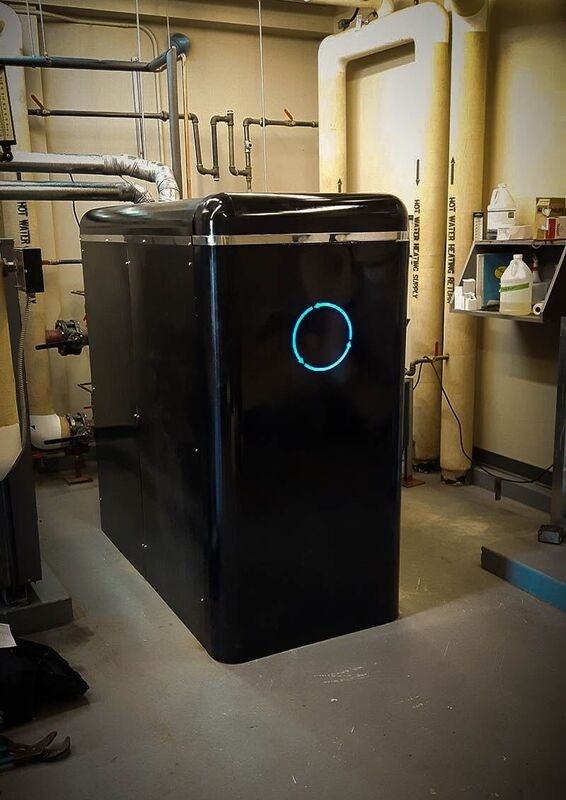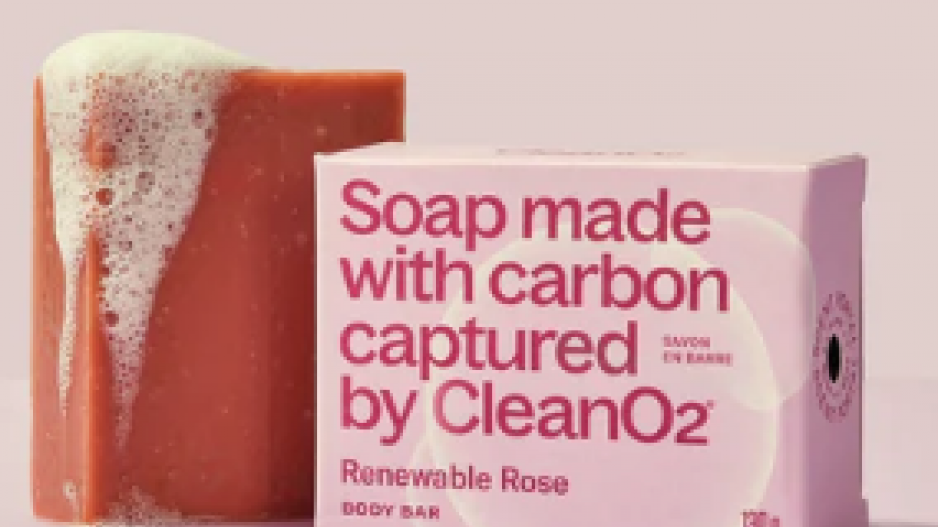A school in Surrey that is heated with natural gas has become the latest FortisBC customer to trial small-scale carbon capture and use technology.
FortisBC recently installed new CarbinX technology at Southridge School in South Surrey. It is the seventh customer to take advantage of FortisBC rebates offered to customers to try out the new small-scale carbon capture technology.
“These are pilot projects because it’s a new technology,” said Jason Wolfe, director of energy solutions for FortisBC. “We’re always looking for new ways to reduce emissions and lower our customers’ energy bills, and this is certainly an innovative way.”
Other commercial or institutional customers that have the made-in-Canada CarbinX technology installed include LUSH Cosmetics, Baptist Housing, Starlight Housing, Richmond Centre and Richmond School District.
The CarbinX unit – about the size of two refrigerators - is attached to the building's natural gas boiler. It captures the CO2 from hot exhaust – as well as heat – and uses a chemical process to combine the captured CO2 with potassium hydroxide to create pearl ash (potassium carbonate), which has a number of industrial uses.

Calgary-based CleanO2 Carbon Capture Technologies, which owns the CarbinX technology, uses the potassium carbonate to make soap and other cleaning products. CenterPoint Energy (NYSE:CNP) in the U.S. just last week announced it would use the CarbinX technology for 10 of its commercial customers, including the Radisson Blu Mall of America in Minnesota.
In addition to capturing about one-third of the CO2 produced from natural gas combustion, the CarbinX units also captures and reuses heat from natural gas exhaust, as well as from the thermochemical process that makes the potassium carbonate -- a process that generates some heat. This captured heat reduces the building's energy needs by about 10 per cent.
Retrofitting an older building to replace natural gas furnaces or boilers with heat pumps or district energy systems may be be too costly for some.
“Sometimes it's very difficult to change that out to different types of equipment,” Wolfe said. "So what this allows is a customer to continue to use their natural gas boiler....and reduce their emissions without having to replace their whole equipment."
At some point, commercial and institutional customers that have the CarbinX technology installed may be eligible for reductions in the carbon taxes they pay on their natural gas bills.
“If we’re successful with the pilot, then we would have to go to the government and find a way to have some sort of exemption from carbon taxes," Wolfe said.



